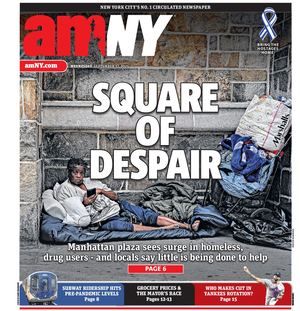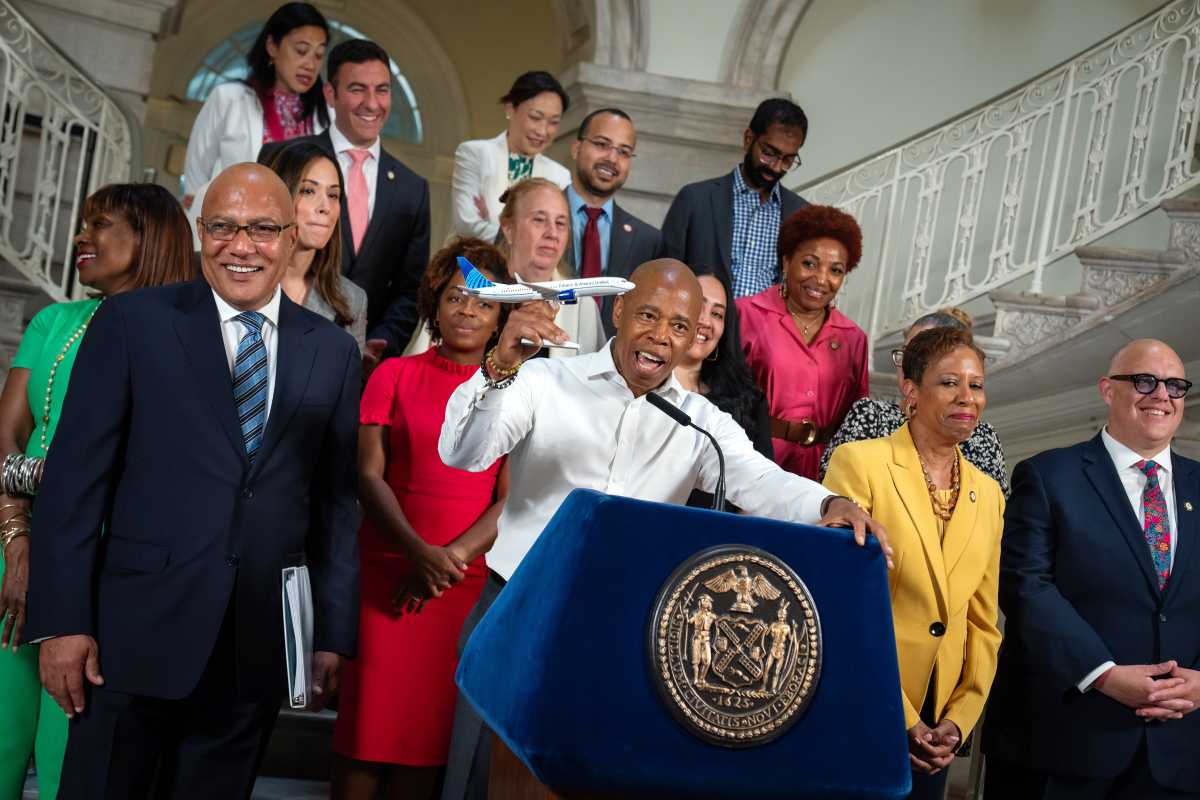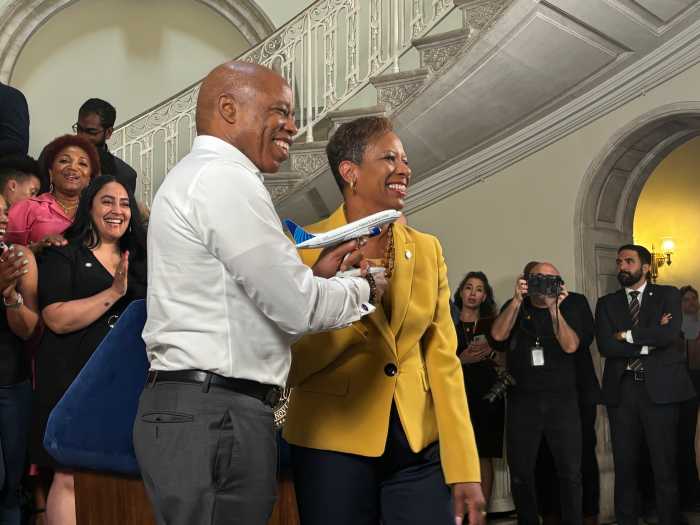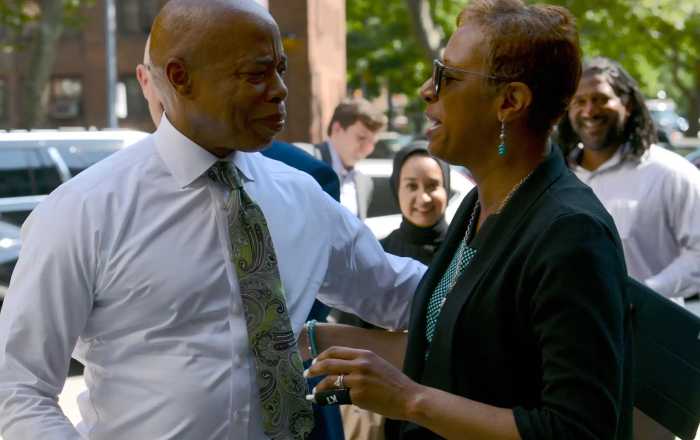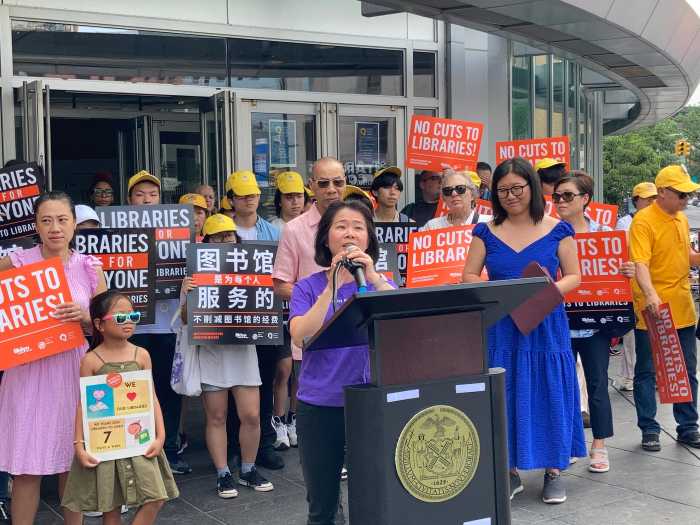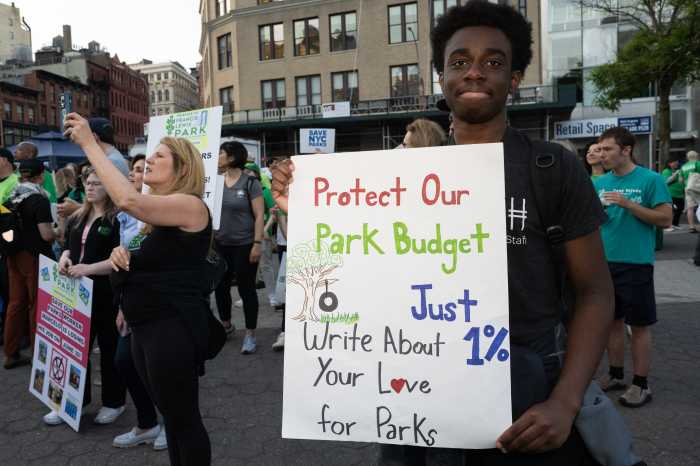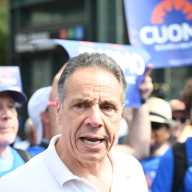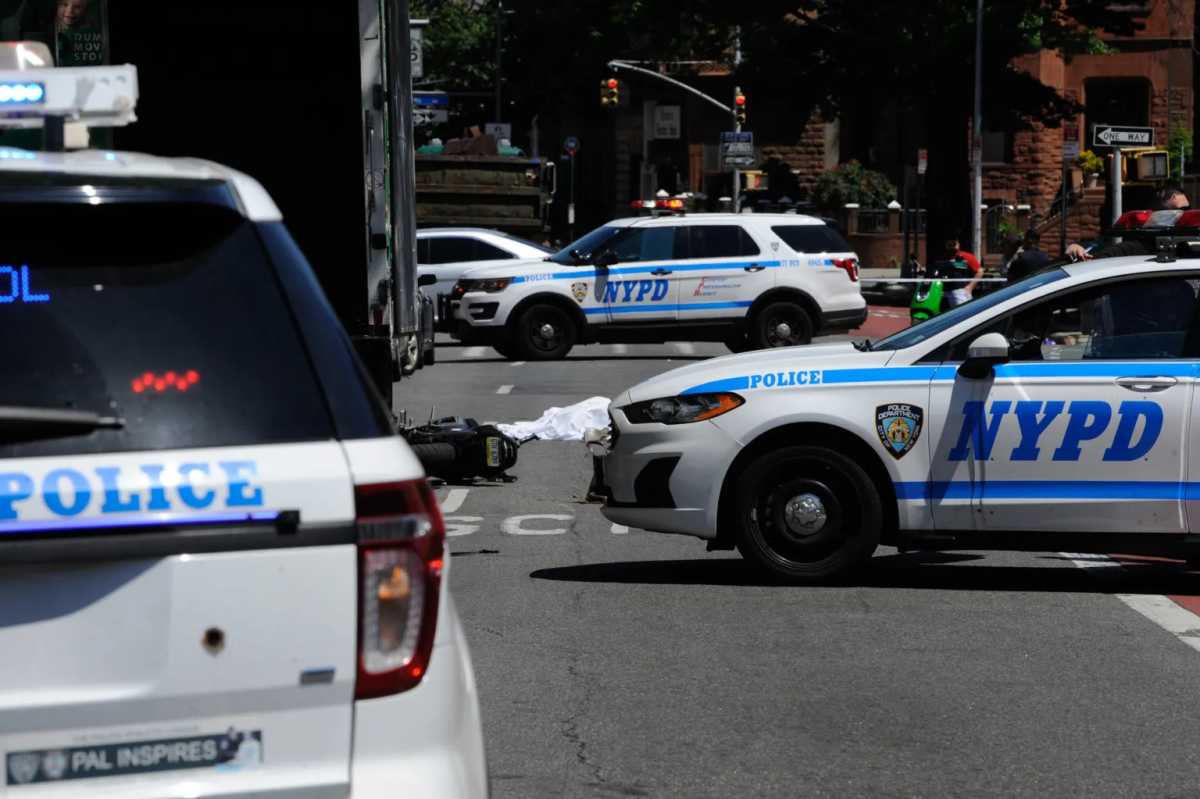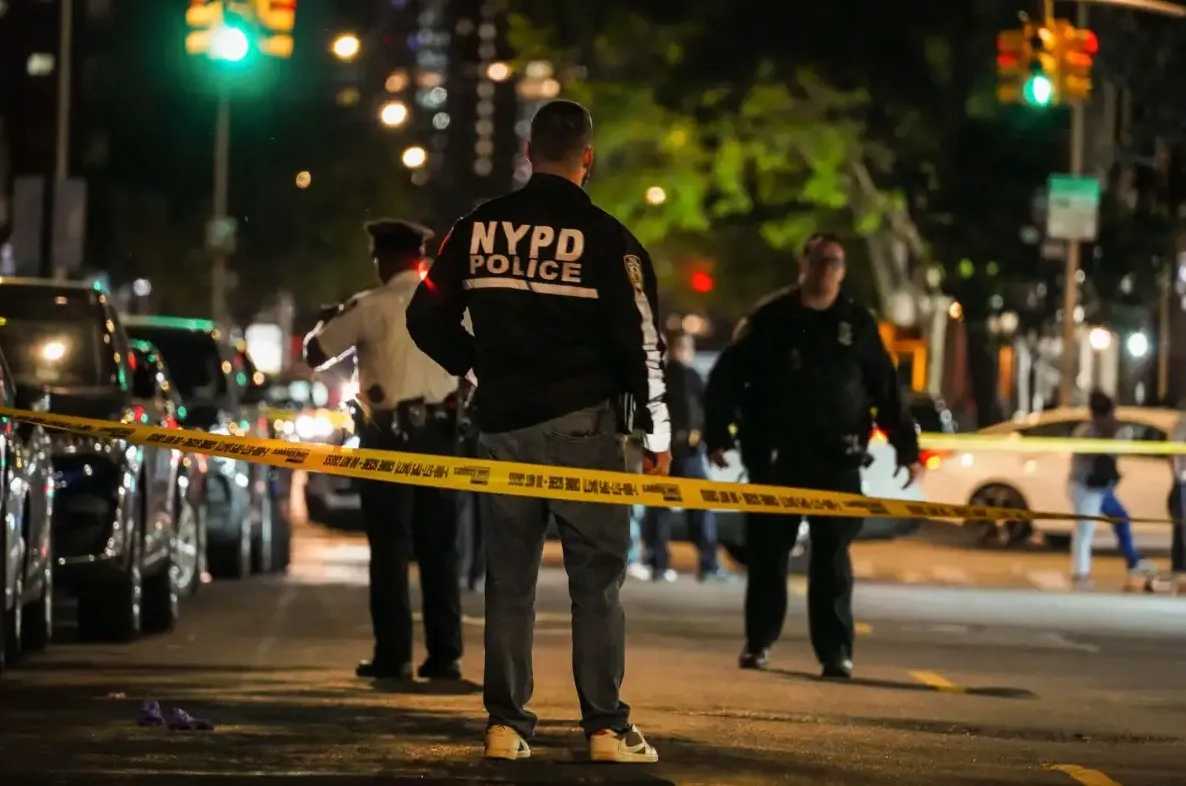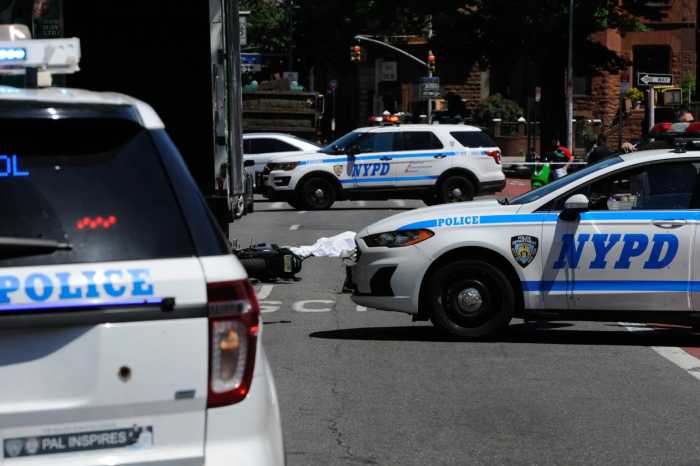In the weeks leading up to the NYC budget deal being finalized Sunday, Mayor Eric Adams kept assuring the public that he and the City Council would eventually “land the plane” despite their ongoing feud.
Sure enough, Adams and the City Council were able to land the plane on time — and the landing was far from the rough one that many expected.
The new budget definitely contained many wins for the City Council, as they successfully convinced the Adams administration to restore many of the austerity cuts made over the last year to parks, libraries, cultural centers and early childhood education programs. The mayor said those cuts were necessary due to expenditures related to the ongoing migrant crisis; the City Council had insisted the money had been there from the get-go.
Better-than-expected tax revenue, however, helped restore many of these cuts over the last six months, and the budget for the next fiscal year, which starts tomorrow, July 1, moves to fully alleviate much of the remaining economic pain from those cuts.
The city also found more money for programs like Fair Fares, the discount MetroCard program that can help hundreds of thousands of low-income New Yorkers ease their public transportation costs. Such a program ought to be the bedrock of city spending now and in the future; the cost of living here is so high that those who can least afford to live here need all the assistance they can get.
Another bedrock ought to be ensuring that the most essential programs serving the many New Yorkers — police, fire, schools, libraries, parks — are no longer used as pawns in the yearly budget game at City Hall.
The cuts which the Adams administration proposed for these programs, but ultimately reversed, amounted to microscopic fractions of the entire spending plan.
The $58 million in funding restored to libraries and cultural institutions, for instance, represents 0.051% of the total $112 billion budget. But the return on investment is massive — preserving six-day library service, expanding seven-day service, retaining vital youth and senior center programs, and continuing to be a beacon for New Yorkers to turn to for enrichment and connection to better lives.
The $10 million added to the Fair Fares program is even more miniscule — just 0.00089% of the final budget total. What the city pays for this program gets paid back many times over because the money Fair Fares users save on transportation will be spent on other things like household essentials — pumping more money into the local economy.
It is silly for such essential programs to constantly have to prove their worth every budget cycle, when the threats of funding cuts arise and prompt public demonstrations. Every New Yorker knows their importance, and it’s time that City Hall do the same.
Instead of debating cutting the bare necessities in the future, let’s focus instead on how much more we ought to fund them.
